NATIONAL STANDARD OF THE RUSSIAN FEDERATION
PRODUCTS. OBTAINED BY THE METHOD
ADDITIVE TECHNOLOGICAL PROCESSES
Control and test methods
Date of introduction - 2017-12-01
- Application area
This standard applies to products obtained in additive manufacturing technologies (hereinafter - AM):
- hazardous production facilities supervised by Rostekhnadzor:
- orders of the Ministry of Defense of the Russian Federation:
- products used in technological processes of nuclear facilities (hereinafter - NF) and / or located and operated on their territory, not classified as the first, second or third class of safety by the general provisions for ensuring the safety of the corresponding NF:
- General purpose products operating in a variety of industrial environments.
This standard establishes the basic requirements for methods of control and testing of products obtained by the method of additive manufacturing processes.
All requirements of this standard are mandatory.
This International Standard is suitable for certification purposes.
- Normative references
This standard uses normative references to the following standards:
GOST 8.002 State system for ensuring the uniformity of measurements. State supervision and departmental control over measuring instruments. Basic Provisions
GOST 8.32v State system for ensuring the uniformity of measurements. Metrological certification of measuring instruments
GOST 1497 (IS06892) Metals. Tensile test methods
GOST 6032-2003 (ISO 3651-1: 1998. ISO 3651-2: 1998) Corrosion-resistant steels and alloys. Test methods for resistance to intergranular corrosion
GOST 12344 Alloyed and high-alloyed steels. Methods for determination of carbon
GOST 12351 Alloyed and high-alloyed steels. Methods for the determination of vanadium
GOST 12352 Alloyed and high-alloyed steels. Methods for the determination of nickel
GOST 12353 Alloyed and high-alloyed steels. Methods for the determination of cobalt
GOST 12356 Alloyed and high-alloyed steels. Methods for determination of titanium
GOST 12357 Alloyed and high-alloyed steels. Methods for the determination of aluminum
GOST 12361 Alloyed and high-alloyed steels. Methods for the determination of niobium
GOST 12365 Alloyed and high-alloyed steels. Methods for the determination of zirconium
GOST 22536.0 Carbon steel and unalloyed cast iron. General requirements for methods of analysis
Official edition
GOST 22536.1 Carbon steel and unalloyed cast iron. Methods for the determination of total carbon and graphite
GOST 22536.5 Carbon steel and unalloyed cast iron. Methods for the determination of manganese
GOST 22536.7 Carbon steel and unalloyed cast iron. Methods for the determination of chromium
GOST 27809 Cast iron and steel. Spectrographic analysis methods
GOST R 57558—2017 Additive technological processes. Basic principles. Part 1. Terms and definitions
GOST R 57592—2017 Products obtained by the method of additive technological processes. Terms and Definitions
GOST R 57556—2017 Products obtained by the method of additive technological processes. General requirements
GOST R 57556—2017 Materials for additive manufacturing processes. Control and test methods
Note - When using this standard, it is advisable to check the validity of reference standards in the public information system - on the official website of the Federal Agency for Technical Regulation and Metrology on the Internet or according to the annually published information index "National Standards", which was published as of January 1 of the current year , and on the issues of the monthly published information index "National Standards" for the current year.
If the referenced standard to which the undated reference is given has been replaced, it is recommended to use
the current version of this standard, taking into account all changes made to this version. If the referenced standard to which the dated reference is given is replaced, it is recommended to use the version of that standard with the above year of approval (acceptance). If, after the approval of this standard, a change is made to the referenced standard to which the dated reference is given, affecting a provision that is not being referenced, then that provision is recommended to be applied without taking into account that change. If the reference standard is canceled without replacement, then the provision in which the reference to it is given is recommended to be applied in the part that does not affect this reference.
- Terms and definitions
In this standard, the terms according to GOST R 57555 and GOST R 57592 are used.
- General provisions
- The choice of the control methods specified in this standard and the determination of the scope of control of products are carried out by the design (design) organization, which indicates them in the design documentation agreed with the manufacturer.
- Design (project) documentation (technical design and working documentation) for products should be developed taking into account the need to control products in accordance with the requirements of this standard. GOST R 57586 and regulatory documentation for control methods.
- If the design of products does not provide the ability to control these products by the methods and in the volumes provided for in this standard, it is necessary to provide for the production of witness samples from the same powder and in the same production cycle as the main product.
- Control by each method should be carried out in accordance with the standards for the corresponding control methods or methodological industry standards that specify the methods for controlling products. In the absence of these standards, it is allowed to carry out control according to the methodological instructions developed by the design (project) organization.
- All preparatory and control operations must be included in the production
control documentation (PKD) (control cards, instructions, etc.) and provided with the necessary control means. It is allowed to combine PKD with production and technological documentation (PDD) for a product. - All operations for control of products provided for by this standard, design documentation, PDD and PKD should be carried out by the manufacturer (or specialists from other organizations involved by this enterprise) in the sequence established by the PDD of this enterprise, taking into account the requirements of this standard.
- The results of product control must be recorded in the reporting documentation.
- In case of non-compliance with the established requirements and standards, the products are subject to revision or rejected.
- Product quality control includes:
- attestation of controllers (see 4.10):
- control of equipment used in the production of products by methods of additive technologies (see 4.11);
- incoming inspection of basic materials (see 4.12):
- quality control of additional materials (see 4.13);
- operational control (see 4.14);
- non-destructive testing (see 4.15):
- destructive testing (see 4.16);
- hydraulic (pneumatic) tests (see 4.17);
- quality control of defect correction (see 4.18).
- The certification of controllers includes testing their theoretical knowledge and practical skills.
- Control of equipment used in the production of products by methods of additive technologies. includes checking the health of its condition, as well as the necessary equipment with measuring and control equipment.
- incoming inspection of basic materials should be carried out in accordance with GOST R 57556. with standards or specifications for the supply of materials, and in the case of additional requirements in the drawings or technical specifications for the product - in accordance with these requirements.
- Quality control of additional materials includes checking the documentation, assessing the condition of the packaging and the external condition of the materials.
- Operational control covers the verification of compliance with the requirements of the PDD during the preparation, implementation of the technological process of manufacturing the product, and final processing.
- Non-destructive testing includes the following methods (see table 1):
Table 1 - Methods of non-destructive testing
|
In addition to the above basic methods in the cases provided for (design documentation) CD or PKD. additional or other methods adopted for the material can be applied
products (stiposcopy. hardness measurement, etching, etc.).
- In destructive testing, mechanical tests are carried out (tensile test at normal temperature, tensile test at elevated temperature, static bending test, pipe flattening test), tests for resistance to intergranular corrosion. metallographic studies, and also determine the ferrite phase and chemical composition.
- Hollow products, if necessary, should be subjected to hydraulic (pneumatic) tests in accordance with design documentation.
- Quality control of defect correction includes re-control by the methods specified in 4.9. on the finished product.
- Requirements for "means of control
- For control, installations and equipment should be used that must meet the requirements of methodological standards and instructions for 4.4.
It is allowed to use other installations and equipment not specified in the standards and instructions. according to 4.4, provided that their application ensures that all the requirements of this standard and design documentation for the control of products are met.
- Checking the state of installations and equipment for control should be carried out periodically according to a schedule drawn up in accordance with the instructions of the rules for the technical operation of these installations and equipment, passports and attached instructions. After repair, the installation and equipment must undergo a mandatory check regardless of the check schedule, information on periodic checks and monitored parameters must be entered in the relevant sections of the passports (forms) for installations and equipment or drawn up by an act.
- Metrological support of control devices must be carried out in accordance with the requirements of GOST 8.002 and GOST 8.326.
- Each batch of materials for flaw detection (powders, penetrants, films, reagents, etc.) must be controlled:
- for the presence on each packing place (pack, box, container) of labels (certificates, etc.) with verification of the completeness of the data contained in them and the compliance of these data with the requirements of standards or technical specifications for controlled materials (in the manufacture of reagents and penetrants for their own needs, only the presence of a label and the name of the reagent or penetrant);
- for damage and damage to the packaging or the materials themselves;
- on the validity of the expiration date;
- for the conformity of the quality of materials to the requirements of methodological documents for this control method.
- Quality control of raw materials
- All batches of raw materials (powders, protective gases, etc.) to be used in the manufacture of products are subject to control.
- Quality control of welding and surfacing materials includes:
- verification of accompanying documentation;
- checking the packaging and the condition of the raw materials:
- control of the material of the trial product.
- The quality control of the raw materials should be carried out by the company using these materials in the manufacture of products.
- Material control of a test product at an enterprise using raw materials may not be carried out if the specified control for each lot (for each combination of lots to be used for production) of raw materials was carried out by another enterprise in full compliance with the requirements of this standard, and the results of the control are documented and transferred to an enterprise using controlled batches of raw materials.
- Quality control of each batch of raw materials should be carried out before starting them.
industrial use. - The results of the quality of raw materials should be formalized in accordance with the requirements of 10.1.
- Operational control is carried out in accordance with the PDD and includes:
- control of the preparation of materials and equipment for the manufacture of products.
- control of product manufacturing processes;
- control of the final processing of products.
- Operational control is carried out by production foremen and the technical control service (or other specialists allocated for this purpose) of the manufacturer of the products.
- The results of each type of operational control are recorded in the corresponding control logs (route passports, maps).
- When controlling the preparation of materials and equipment for the manufacture of products, it is necessary to check the compliance of the loaded CD materials, the correctness of the loaded software and the set parameters of the product.
- Before starting the manufacturing process of products, they control whether the operator has access to the work to be performed (according to certificates).
- During the process of manufacturing products, the following are controlled: modes and parameters of manufacturing, the sequence of operations (according to the control computer and visually).
- After the end of the manufacturing process of products, the correctness of the removal of the obtained products from the working space of the equipment is monitored, avoiding deformations and external excessive impact on the products.
- The results of the quality of raw materials should be formalized in accordance with the requirements of 10.2.
- Unbrakable control
- Non-destructive quality control of products should be carried out using the methods specified in 4.15.
- Specific methods and scope of non-destructive testing of products are established in the manner prescribed in 4.1.
- The quality of products during their non-destructive testing should be assessed in accordance with the requirements of this standard. CD for products.
- The results of non-destructive testing of products should be documented in accordance with the requirements of 10.3.
- Depending on the volume of carrying out, non-destructive testing is divided into continuous (volume 100%) and selective (volume 50%. 25%. 15%, 10% or 5%).
Continuous control is carried out along the entire length of each product.
Individual sections of products or individual products are subjected to selective control.
- Selective inspection by individual sections is carried out on straight and other open products according to design documentation. The ratio of the total length (area) of the controlled areas
to the total length (area) of the product must be not less than the established volume of sampling. - The selection of controlled areas of products or whole products is carried out by the technical control service from among the most responsible or questionable based on the results of the previous control. In the absence of these areas, the areas to be checked should be evenly distributed along the length of the product.
- In case of detection of defects during sampling by any method, an additional inspection is carried out by the same method in a doubled volume (with a volume of sampling inspection of 50%, continuous inspection is carried out) with mandatory inspection of areas adjacent to the defective ones.
In case of negative results of additional control, continuous control of the product is carried out. - The sensitivity of the applied control methods should ensure the detection of discontinuities to be fixed according to the requirements of design documentation.
- Destructive control
- Destructive control is carried out:
- when checking the quality of raw materials by testing samples cut from the material of a test product;
- during production certification of the technology for manufacturing products by testing samples cut from the material of a test product:
- when checking the conformity of the characteristics of the material of products to the established requirements by testing samples cut from production products (in cases specifically stipulated in the design documentation for the controlled product).
- Destructive testing should be carried out in accordance with the requirements of the following NTD:
- check of the chemical composition - according to GOST 12344. GOST 12351. GOST 12352. GOST 12353. GOST 12356. GOST 12357. GOST 12361. GOST 12365. GOST 22536.0. GOST 22536.1. GOST 22536.5. GOST 22536.7. GOST 27809 or according to methodological industry instructions:
- determination of mechanical properties (tensile strength, yield strength, relative elongation, relative contraction), tests for statistical bending and flattening and impact bending - according to GOST 1497;
- tests for resistance against intergranular corrosion - according to GOST 6032-2003 (according to the AMU method);
- determination of the content of the ferrite phase in the deposited metal;
- according to industry standards or guidelines;
- metallographic examinations - according to industry standards or guidelines.
- Types of samples for determining the mechanical properties of the material of products should be selected in accordance with the test standard and indicated in the design documentation or PDD (indicating, if necessary, the number of the explanatory drawing).
- The number of samples for mechanical testing must be at least three when tested at each temperature. The number of samples for metallographic studies should be at least two from each control item.
- The results of destructive testing must meet the requirements of CD or PDD.
- The results of destructive testing should be recorded in accordance with the requirements of the NTD specified in 9.2.
- The results of the check of the chemical composition, the values of the critical brittleness temperatures determined in accordance with 9.2. are entered in the product passports.
- The results of non-destructive testing of products should be documented in accordance with the requirements of 10.3.
- Registration of control results
- The results of the control of raw materials are drawn up in a protocol, in which at least the following data must be recorded:
- name and brand of materials;
- designation of the material standard;
- batch number of material;
- number and date of the certificate for a batch of material;
- compliance of the certificate data with the requirements of the material standard;
- the mass of a batch of materials without packaging (or another indicator characterizing the volume of the batch received);
- safety of packaging (only for materials, damage to the packaging of which leads to their deterioration);
- the results of tests carried out during the incoming inspection;
- conclusion on the admission of materials for use.
- The control logs (route passports, maps) of product manufacturing processes must contain at least the following data:
- the name of the enterprise performing welding, indicating the numbers or the name of the division (workshop and site);
- name, code or designation of products:
- drawing numbers:
- types, assortment, grades and batch numbers of used raw materials;
- surname and initials of the operator who operated the unit;
- information about the recorded deviations from the requirements, related defects and their correction;
- information on the production of witness samples of products (if any):
- date of control;
- positions, surnames and initials of persons. exercising control;
- conclusion on the results of control.
- The results of acceptance control (4.15 and 4.16) are drawn up in a protocol with the obligatory fixation of the following data:
- name of the manufacturer of the product;
- name, code or designation (number) of the product;
- drawing number;
- information about the heat treatment carried out;
- method and scope of control;
- date of control:
- surname, initials and position of the controllers who performed the control;
- information about the detected defects and their locations:
- information about the results of control after the correction of defects;
- final conclusion on the results of control.
UDC 774: 002: 006.354
OKS 71.020
71.100.01
77.160
Key words: additive technologies, additive manufacturing. 3D printing. 3D printer. 3D scan
rationing. General requirements
Prepared on the basis of the electronic version provided by the developer of the standard
Published and printed by FGUP STANDARTINFORM. 123001 Moscow. Pomegranate lehr., 4.

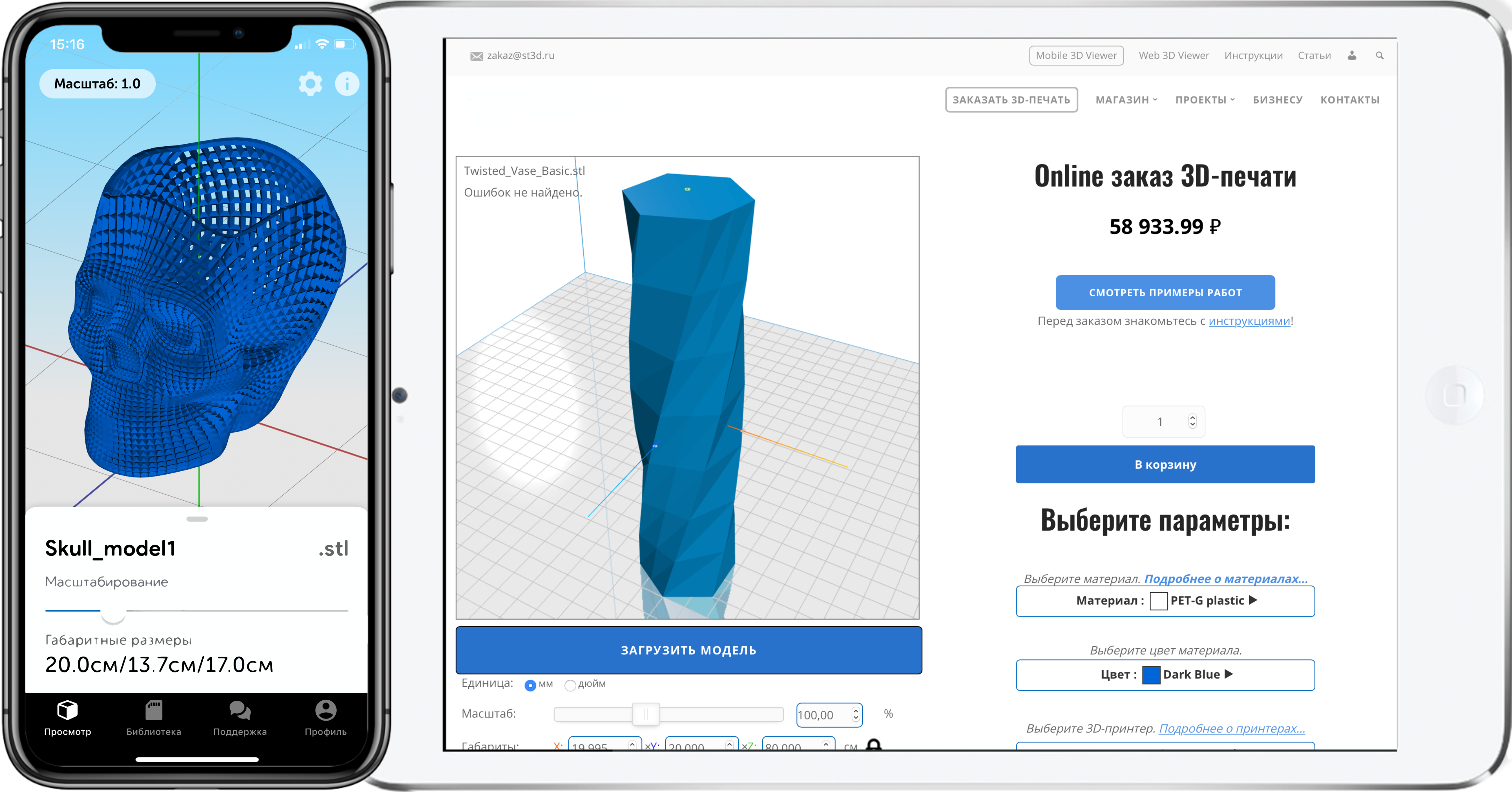



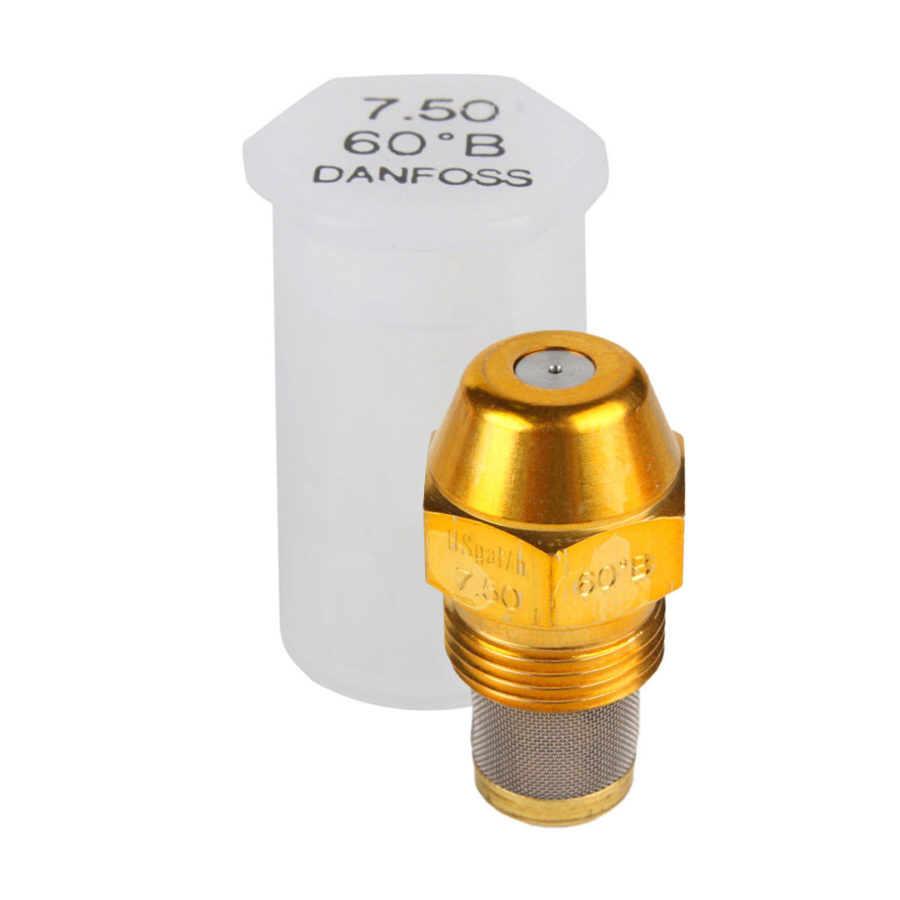
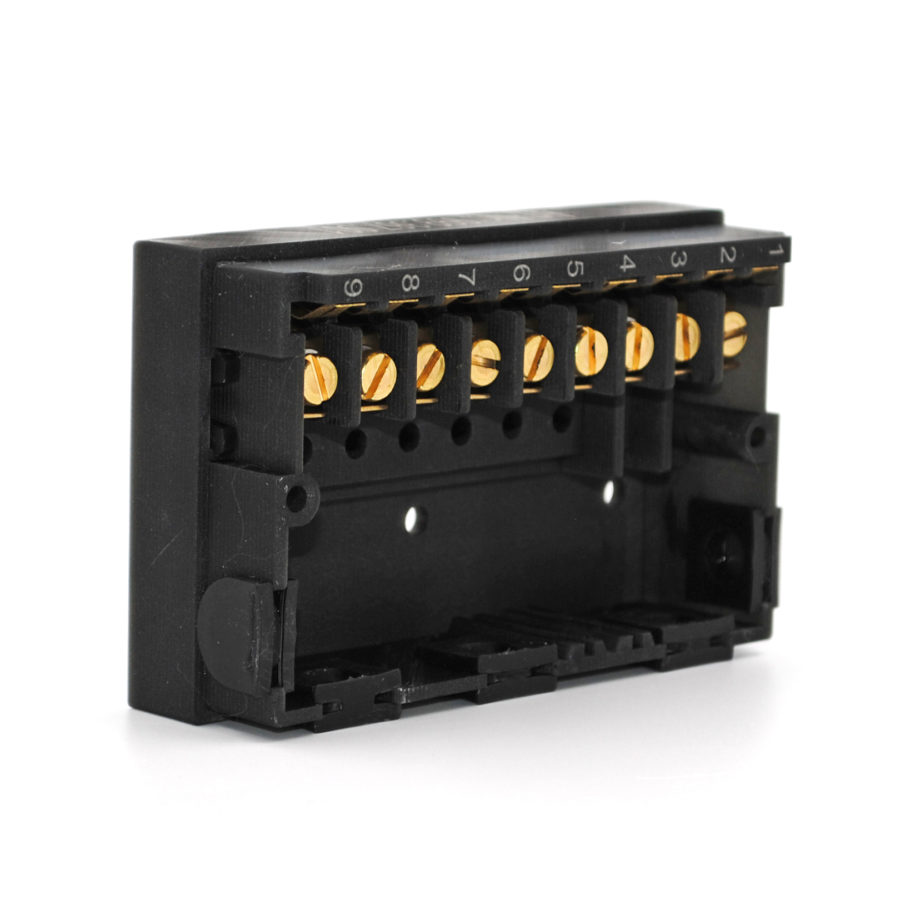
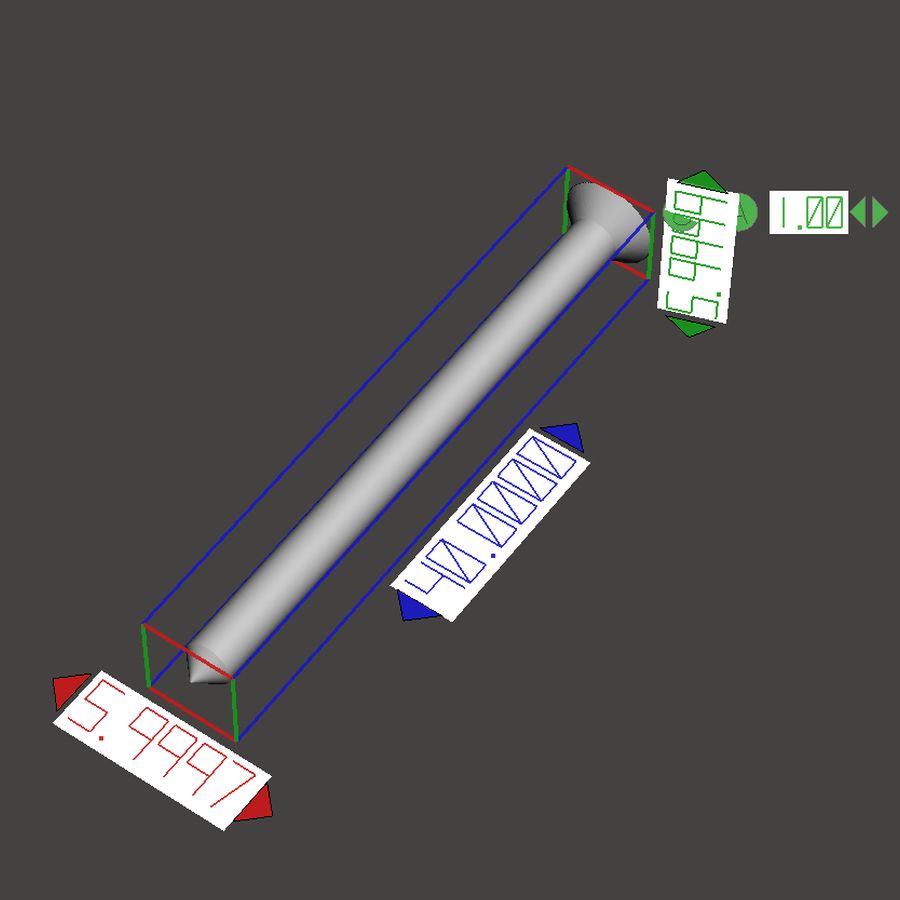
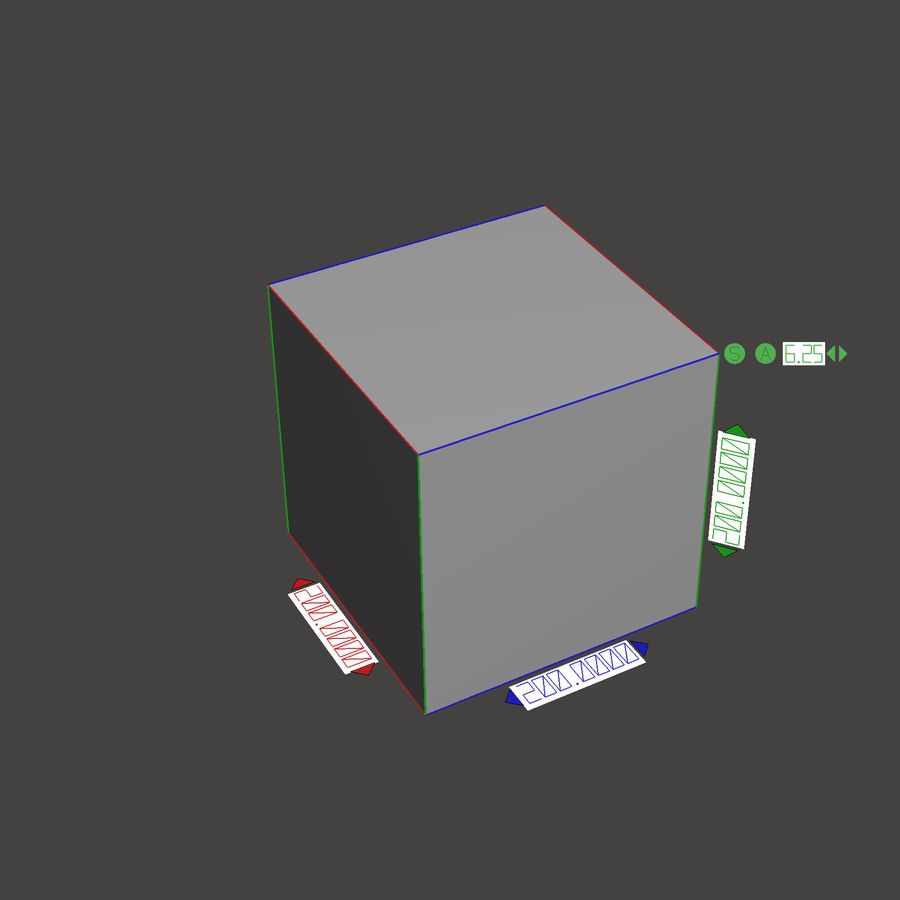
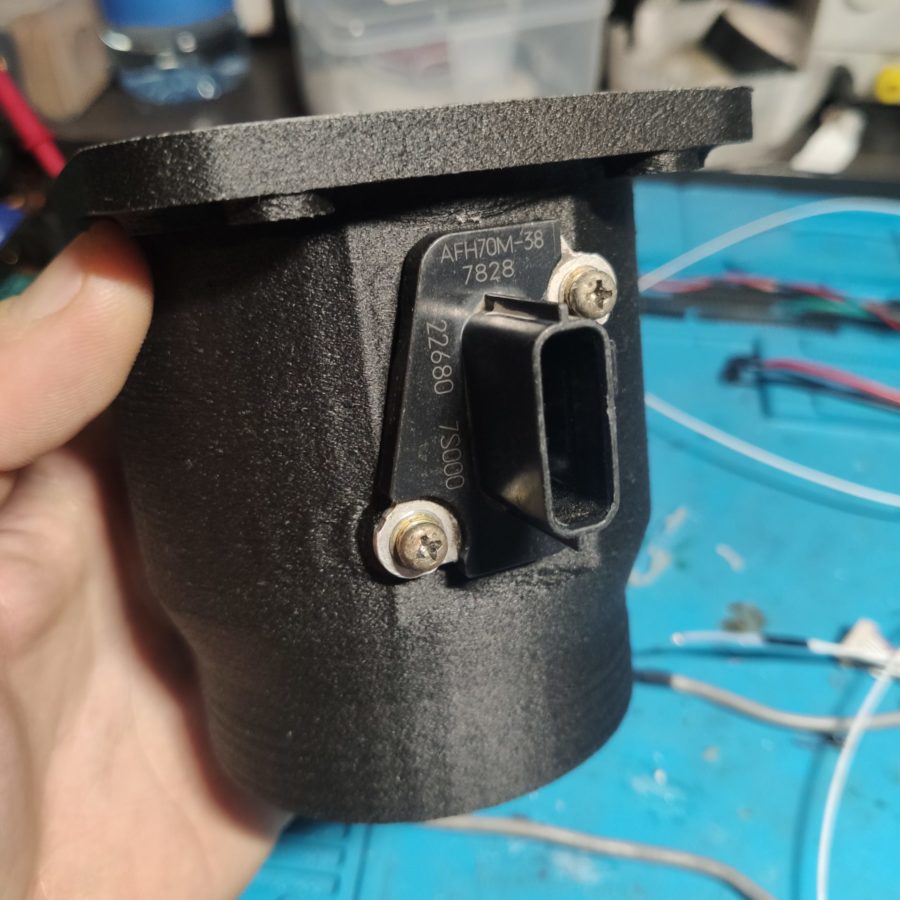
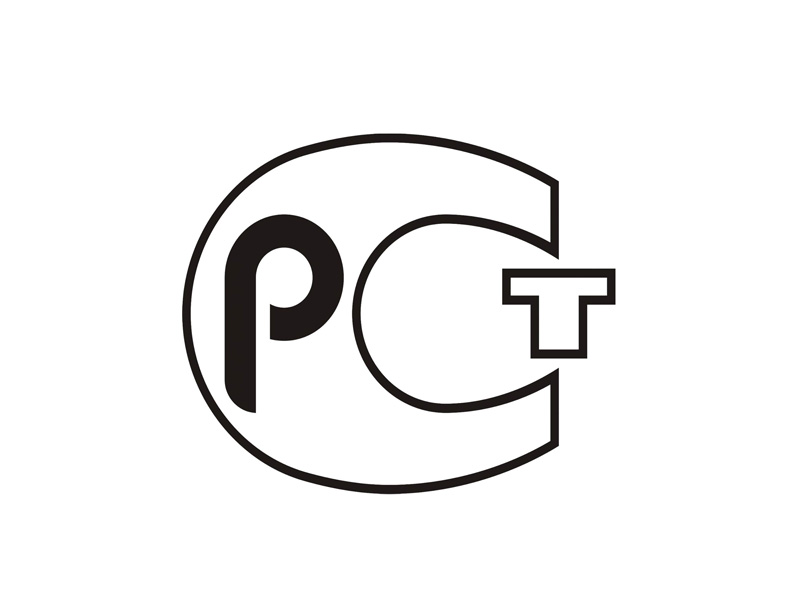
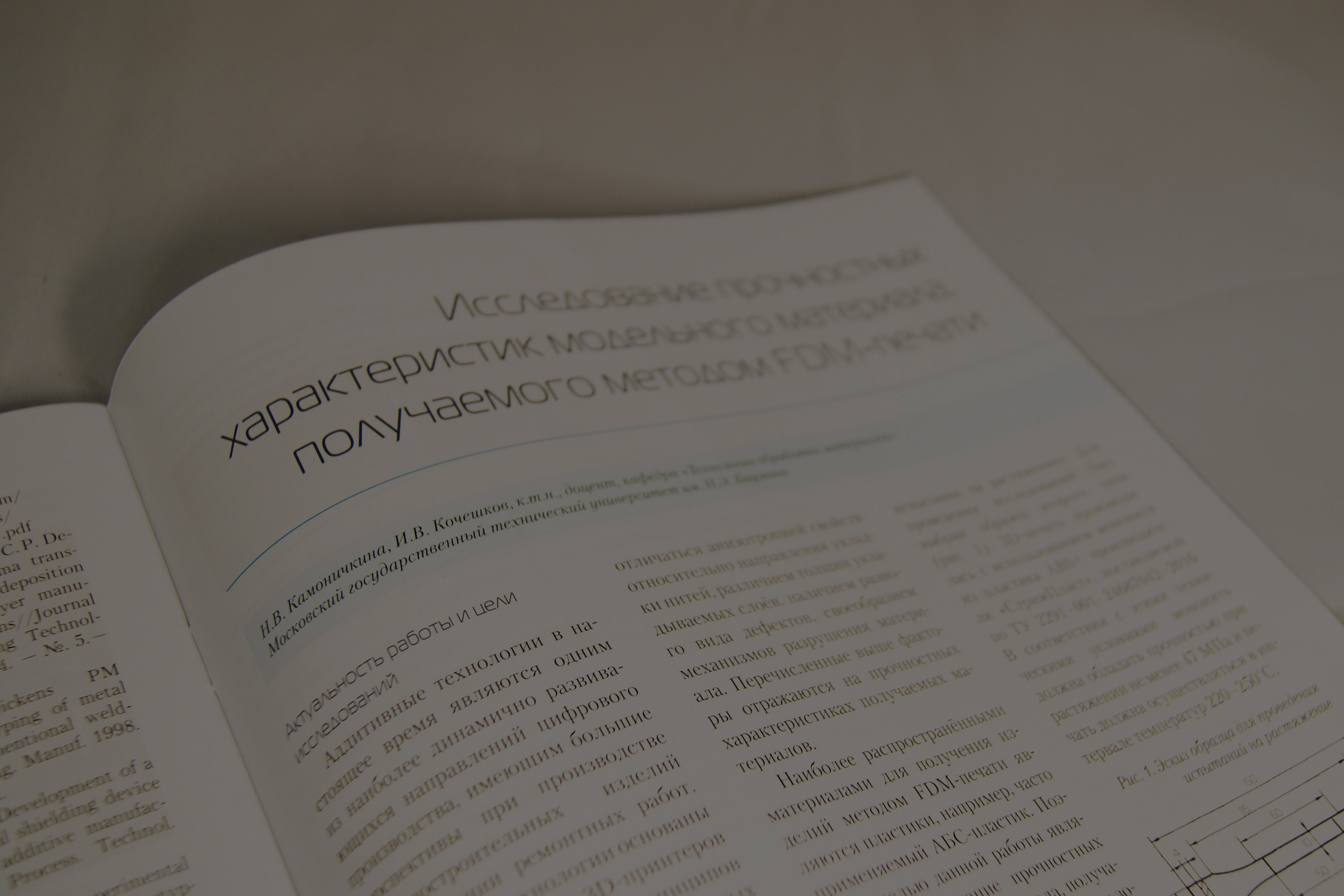

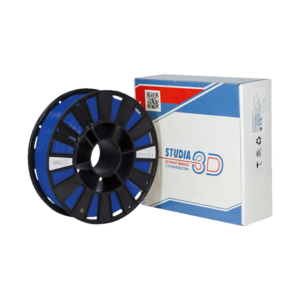
Author: Studia3D. Ru
More articles from Studia3D. Ru